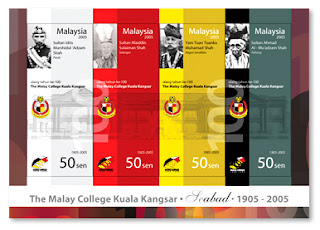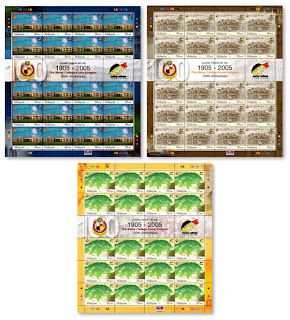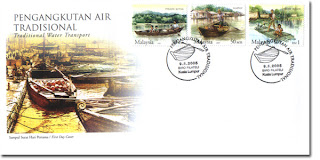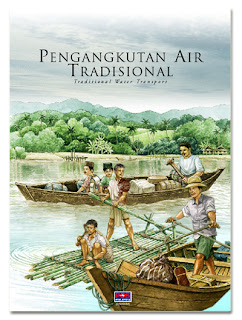 There are 599 islands, reefs and rock islands in Malaysia's waters. Of these islands, 244 of them are located in the South China Sea. Five of these islands and reefs are Swallow Island, Investigator Reef, Erica Reef, Mariveles Reef and Ardasier Reef. Important as there are in terms of strategic and national security, the islands and reefs are also rich with diverse marine ecosystem.
There are 599 islands, reefs and rock islands in Malaysia's waters. Of these islands, 244 of them are located in the South China Sea. Five of these islands and reefs are Swallow Island, Investigator Reef, Erica Reef, Mariveles Reef and Ardasier Reef. Important as there are in terms of strategic and national security, the islands and reefs are also rich with diverse marine ecosystem. Swallow Island
Swallow Island, with an area of 10.1 square km, is located at 7° 22.50' North and 113° 50.60' East and 172 nautical miles from Labuan. It is well known as a paradise for divers, for the waters
 around the island is rich with diverse species of fish, corals, turtles, giant clams, sea grass and marine mammals. The island got its name from the fact that it is the favorite resting place for various marine swallows such as the Brown Noddy, Sooty Tern, Brown Booby, Mongolian Plover and many others. Many marine life such as Sea Star (Echinaster callosus) are found here. In 2004, Marine Research Station of Pulau Layang-Layang (MARSAL) was built to provide facilities for researchers.
around the island is rich with diverse species of fish, corals, turtles, giant clams, sea grass and marine mammals. The island got its name from the fact that it is the favorite resting place for various marine swallows such as the Brown Noddy, Sooty Tern, Brown Booby, Mongolian Plover and many others. Many marine life such as Sea Star (Echinaster callosus) are found here. In 2004, Marine Research Station of Pulau Layang-Layang (MARSAL) was built to provide facilities for researchers.Investigator Reef
 Investigator Reef is the biggest coral reef covering an area of 202.9 square km and is located at 8° 7.75' North and 114° 42.55' East. This reef has a diverse marine eco-system. Bivavle (Chlamys rastellum), 25 families and 79 species of coral fish was recorded by researchers from the local university in Malaysia. A weather buoy was also installed in 2003 by the Malaysian Meteorological Services, Ministry of Science, Technology and Innovation to collect weather
Investigator Reef is the biggest coral reef covering an area of 202.9 square km and is located at 8° 7.75' North and 114° 42.55' East. This reef has a diverse marine eco-system. Bivavle (Chlamys rastellum), 25 families and 79 species of coral fish was recorded by researchers from the local university in Malaysia. A weather buoy was also installed in 2003 by the Malaysian Meteorological Services, Ministry of Science, Technology and Innovation to collect weather  data in South China Sea.
data in South China Sea.Erica Reef
Erica Reef has an area of 4.2 square km and is located at 8° 6.55' North and 114° 7.90' East. This reef has a varied marine eco-system comprising corals, coral fish, Spinner Dolphins and Bottlenose Dolphins among others. One of the unique marine life found here is Nudibranch (Chromodoris magnifica).
Mariveles Reef
 Mariveles Reef has an area of 21.9 square km and is located at 7° 58.0' North and 113° 55.0' East. This reef has a diverse marine eco-system that consists of coral reefs and coral fish and others. An example of the unique marine species that can be found here is Sea Cucumber (Synapta meida).
Mariveles Reef has an area of 21.9 square km and is located at 7° 58.0' North and 113° 55.0' East. This reef has a diverse marine eco-system that consists of coral reefs and coral fish and others. An example of the unique marine species that can be found here is Sea Cucumber (Synapta meida).Ardasier Reef
Ardasier Reef has an area of 11.7 square km and is located at 7° 36.40' North and 113° 55.8' East. This reef has a varied marine eco-system with coral reefs, coral fish and the likes. Marine life such as Gastropod (Astraea rhodostoma) are abundant in this reef.
 Technical Details
Technical DetailsDate of Issue : 22-Dec-2005
Stamp Value : 30 Sen ( 2 Designs; 50 Sen ( 2 Designs)
Stamp Size : 40 mm X 30 mm
Perforation : 14
Sheet Content : 20 Stamps
Miniature Sheet Value : RM 2.00
Miniature Sheet Size : 100 mm X 70 mm
Stamp Size in Miniature Sheet : 40 mm X 30 mm
Paper : SPM Watermarked, Phosphor Coated
 Printing Process : Lithography
Printing Process : LithographyPrinter : Percetakan Keselamatan Nasional Sdn. Bhd
Stamp Designer : Reign Associates Sdn. Bhd
First Day Cover Value : 30 Sen
Presentation Pack Value : RM 4.50
Folder Value : RM 5.00


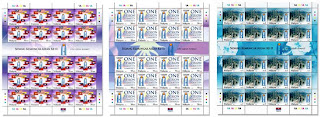





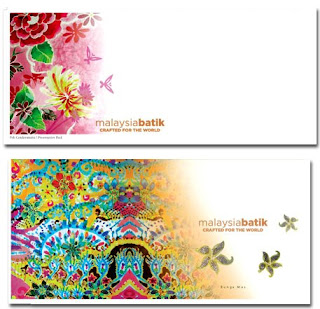


 In Malaysia "layang-layang" is the generic term for kites in the Western and Southern regions of Peninsular Malaysia such as Selangor, Melaka and Johor. In general, kites from these states are divided into three categories namely the fighting
In Malaysia "layang-layang" is the generic term for kites in the Western and Southern regions of Peninsular Malaysia such as Selangor, Melaka and Johor. In general, kites from these states are divided into three categories namely the fighting 







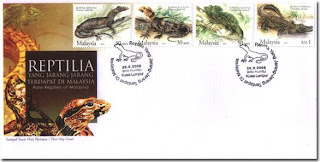


 The Malay College Kuala Kangsar (MCKK) is the premier and first fully-residential school in Malaysia. Established on 2nd January 1905, it was originally known as the Malay Residential School of Kuala Kangsar. It was an all Malay boys' school located in the Royal Town of Kuala Kangsar, Perak.
The Malay College Kuala Kangsar (MCKK) is the premier and first fully-residential school in Malaysia. Established on 2nd January 1905, it was originally known as the Malay Residential School of Kuala Kangsar. It was an all Malay boys' school located in the Royal Town of Kuala Kangsar, Perak.